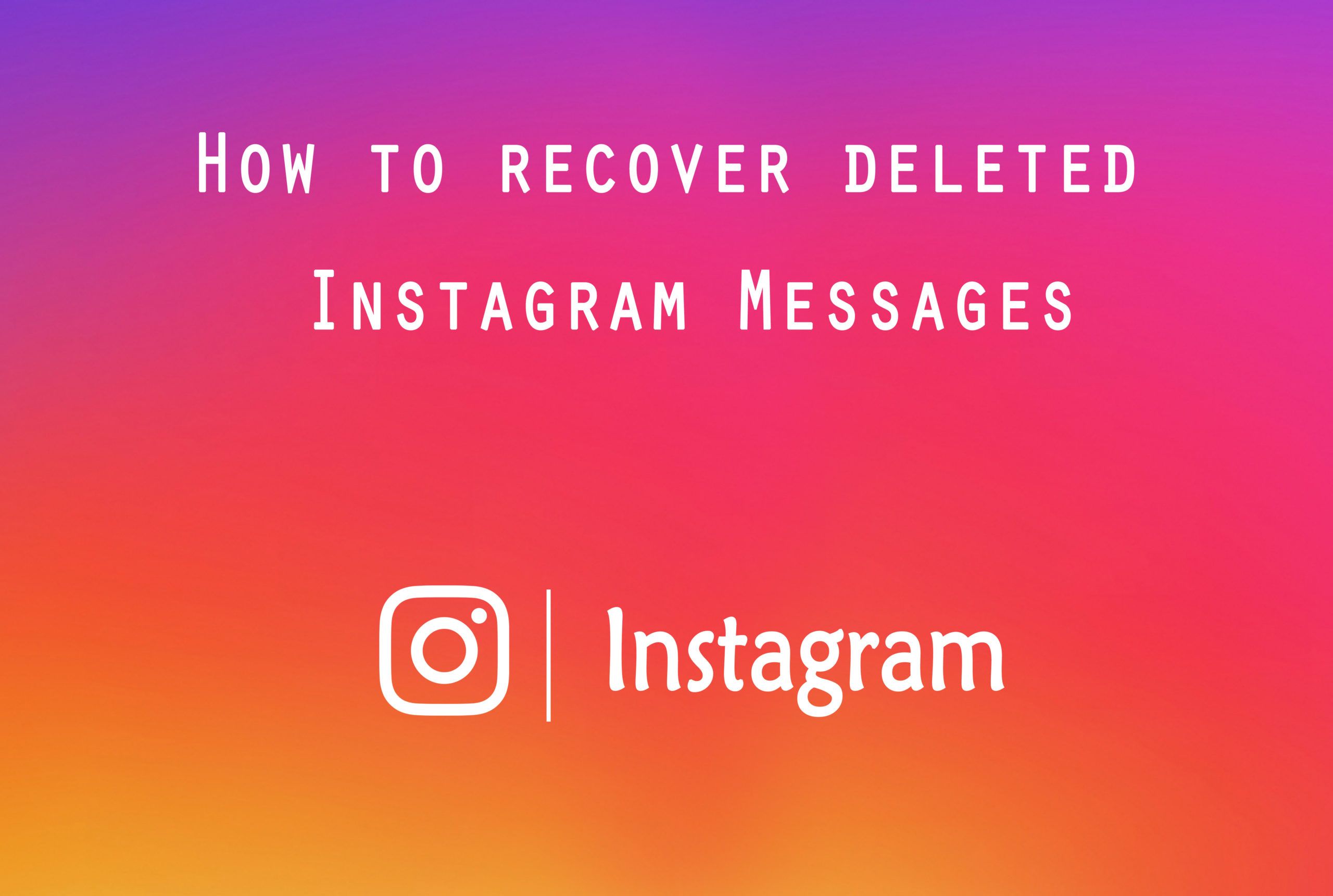“Most people have the freedom to express their thoughts, some are able to write, but only a few have the ability to actually make something creatively and convincinglyâ€, that is according to seasoned academic and content editor Raph Marcus, from the United Kingdom-based professional writing service provider Brillassignment.co.uk. Having that said the rarity of being able to write something worth sharing or be used as a reference should be protected well. You cannot just give away something that comes out of your effort, skills, and pure talent.
Penning down your ideas and thoughts takes a lot of creativity and skill. Not everyone is up for it nor has the talent to write. Somehow, with the aid of the internet, your work can be easily stolen and (whether) end up intentionally or unintentionally cited without recognizing you as the author.
How are you able to protect your work online, as it should be meant to be accessed by everyone for references but you want to prevent content stealers from getting the credit that you deserve? There are effective and stress-free ways to monitor and prevent plagiarizing your own content work.
1. Post a copyright warning
Write down absolute and strong terms and conditions in re-posting, copying, quoting, and in any form of using your work or any part of it.
Make it clear that any use of your work content should need your strict permission and should be correctly attributed as it is a product of your creativity, skill, and labor.
Create clear terms and conditions in using your content. Make sure to stick with the terms and be consistent when requesting attribution or requesting for putting down such content that you think was stolen from you.
Basically, a copyright notice is just a small space from your page. But it is significant enough to warn indirectly unsuspecting content stealers that you are protected by copyright and anti-plagiarism law.
2. Use Personal imprints
When you write you should leave special or notable words that mark as your signature phrase. Some writers use the same words to emphasize an idea or an opinion. That may seem a grammar mistake but often unconsciously leaving a signature writing style of your personality as a copywriter.
One example is the best seller author J.K. Rowling. The “dead of the night†and “deadly hallows†are the most used words she always includes in all her books. Harry Potter fans may have had noticed the repeated words in the book. This does not mean that she has limited vocabulary skills, but she intentionally left imprints on his published materials by writing her favorite words many times in most of his novels.
In the same way with published written and visual materials, all work should have a unique trademark that can be easily associated with you as the author or designer. A 1997 study at Harvard University proves that putting a watermark on data like audio, photos, and videos is a visually sublime way to caption, copyright, and ownership control. The visual markings can easily be included in all data content. Limiting the copy and download capabilities may also be added on audio, photos, and videos as well.
3. Maximize the Use of Copyscape
Both commercial and academic entities often rely on Copyscape. The Online app is a centralized checking system where it is able to data-mine and compares unique keywords or exclusive phrases from all web pages and digital data banks around the world; identifying plagiarized work content. It also includes automated grammar, sentence syntax, and spelling checks.
Contrary to the common usage of the site, it can also be used to identify which sites have used or posted content you published. With an additional fee for the premium version, detecting plagiarism of your content will be made possible as long as you are willing to pay extra.
There are also other plagiarism checkers available online like Grammarly, Plagiarism Checker, PaperRater, Article Checker, and a lot more!
4. Activate Google Alerts
Google is all around tool. Aside from email services, internet browsing capability, electronics & hardware products, and software/app tools – it has also a plagiarism monitoring system.
The popular search engine is also able to provide extensive keyword search online. Upon setting up the Google Alert tool for free, you are allowing to be prompted through email on possible plagiarism of your work content published online. A special algorithm can detect and monitor other websites that have common keyword combinations comparing with your own article.
Once you received a notification, you can check the page where there is similar content to yours and take the necessary action to request for deletion of your work on the detected site. However, you may also request that you should properly be attributed for the re-posted or used content.
5. Disable copy or download File
For more advanced internet users, an HTML or a javascript code can be embedded in pages to limit the copying and download of content. You can request from your webmasters and web developers to add this code.
Suggested:
Does Google Index Javascript links.
This does not stop site visitors to copy your work online, but this will make it difficult for them to get anything from your content. By disabling the “copy method†discourages unsuspecting plagiarists to use your material without permission.
6. Restrict “right-click†plugins
Images, videos, and audio can be prevented from being copied by disabling the right-click method in your content.
Right-click method contains menu choices for copy, download, and share. When the “right-click trigger†is locked, the “copy method†cannot be accessed too. Also, disable the CTRL-C key (keyboard shortcut for the copy) to fully limit the copying of your content.
7. Include permanent attribution code
Another way to protect your content is to add a steady detail or your name brand onto all your work and copied files. This can be done as part of your web page code. Anyone can copy your content but every time the copied content is transferred or pasted, your details will appear permanently whether it is transferred to a local file. Your name will steadily be there and cannot be deleted unless all the copied content is deleted too.
Can You Really Prevent Someone from Stealing Your Content?
Everything has been done and considered, the above-mentioned list is all effective and proven to lessen the chances of your content being stolen or be used without your permission. However, this does not assure that nobody will attempt to copy your work. Especially if your content is quite well–made, it will be more attractive to be used as a reference or posted as somebody’s work.
There are thousands of photos and videos daily that have been grabbed online and are used for personal gain not attributing to the rightful designers and owners. Generally, stealing is bad but people shrug it off the fact that the images, ideas, popular clever lines, and even video clips are being stolen every day.
The most strategic way to protect your content is to constantly monitor your work content online for duplicate and reposted copies. You can use various plagiarism checker software to detect and monitor plagiarists who used your content.
Once you caught someone who has been stealing your online property, make sure you address the issue and demand your right to be properly attributed or rightfully paid. Otherwise, you may also go the extra mile to file a criminal case, because stealing is a crime.
Suggested:
SEO Tips For Making Your College Website Popular.
Like this:
Like Loading...













 How To Find and Hire Writers For Your Blog?
How To Find and Hire Writers For Your Blog?
Great article! Thank you.
I had to laugh when I went to copy and paste the “table of contents” into a notepad as a reminder of the steps and couldn’t.
Nice touch to drive it home.
Hi Scott,
You came up with an interesting topic, especially for bloggers. Stolen content or plagiarised content is always a worry for those who create content and publish content on the internet. Using personal imprints is something new for me. Using plugins to control right-clicking is a good idea to be followed. Using Google alert is one thing I am going to have a try soon.
Also, a big thanks to Robin for introducing Scott for us.
Keep sharing your valuable ideas.
Best regards
Reji Stephenson